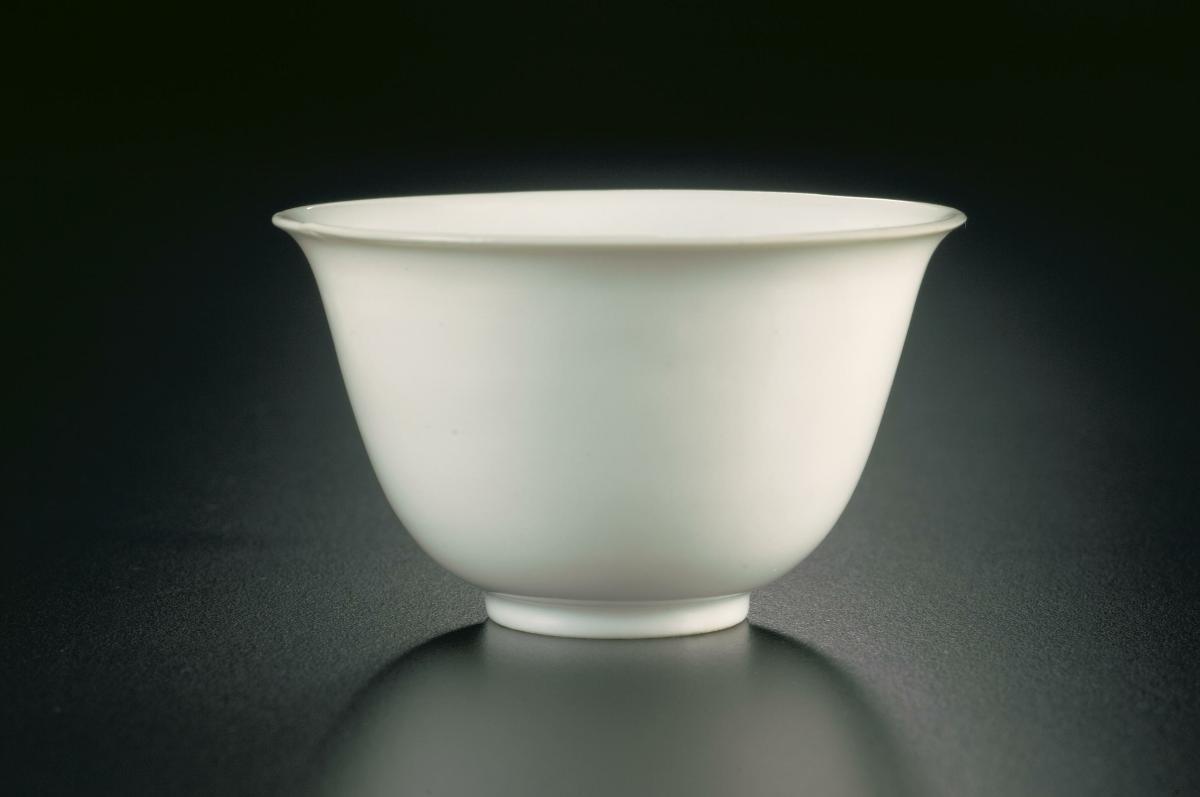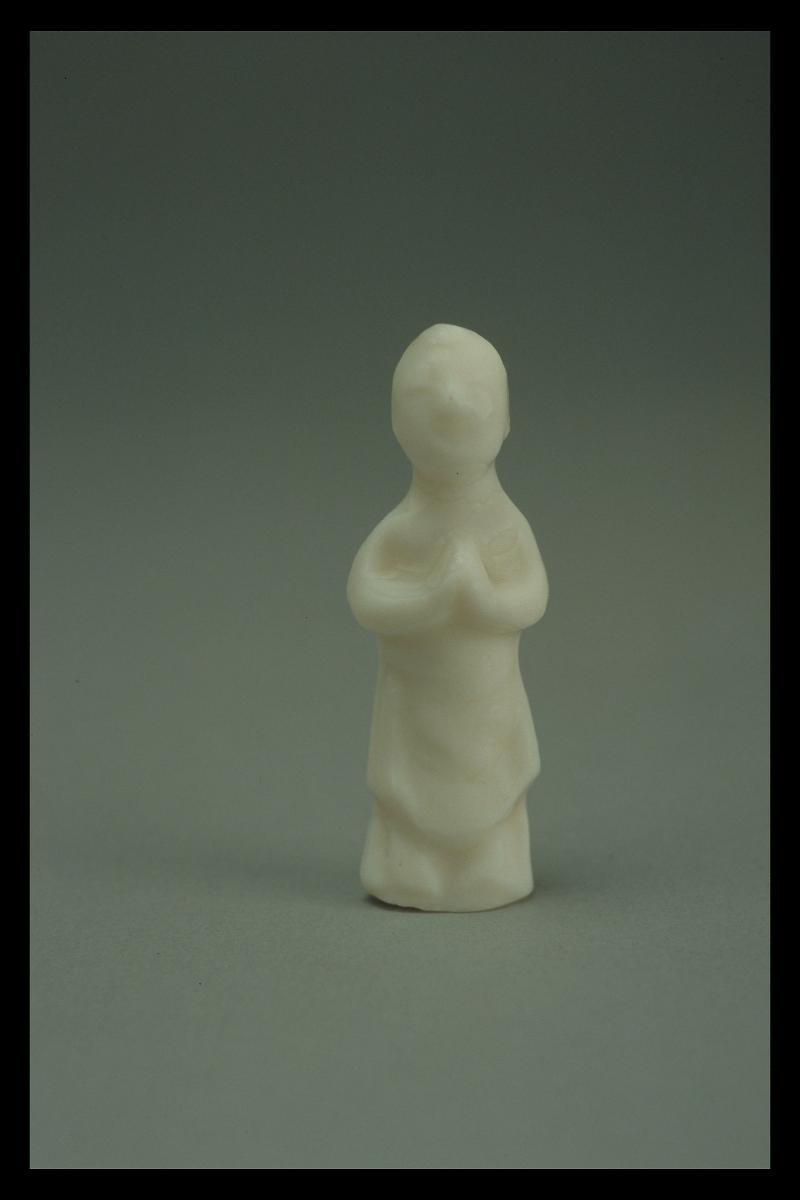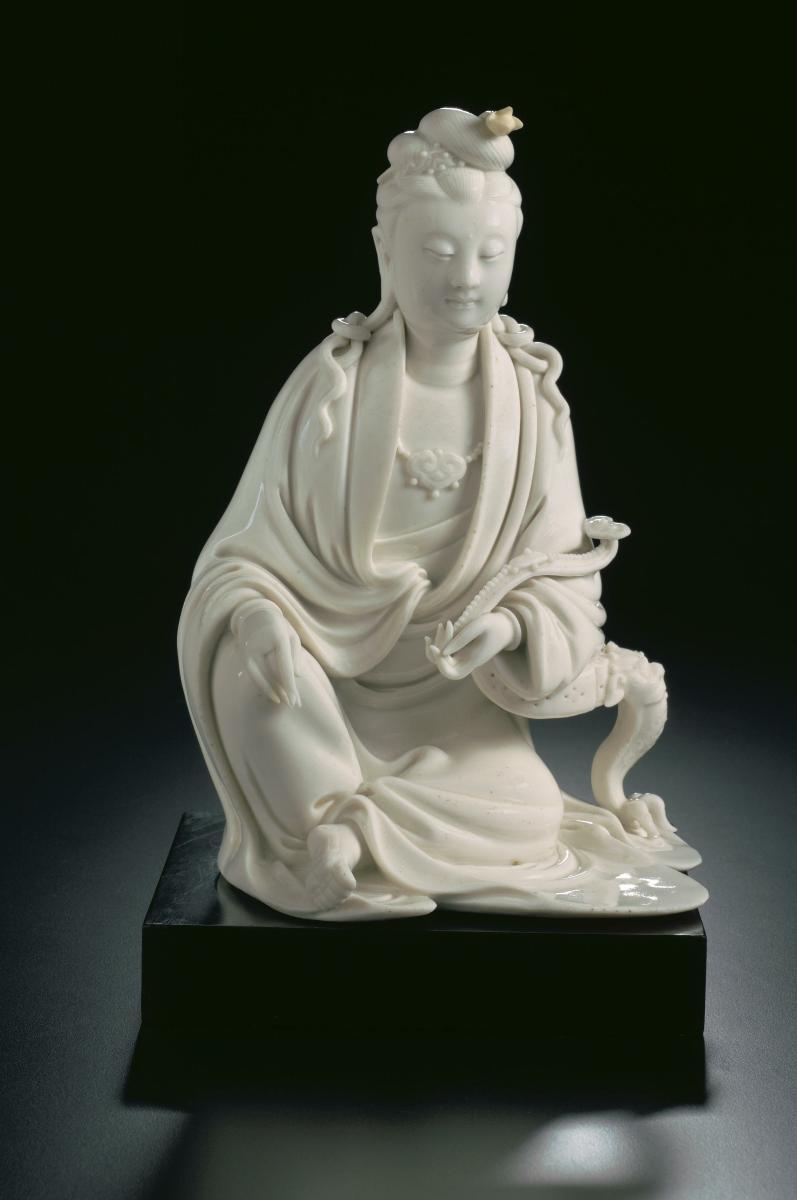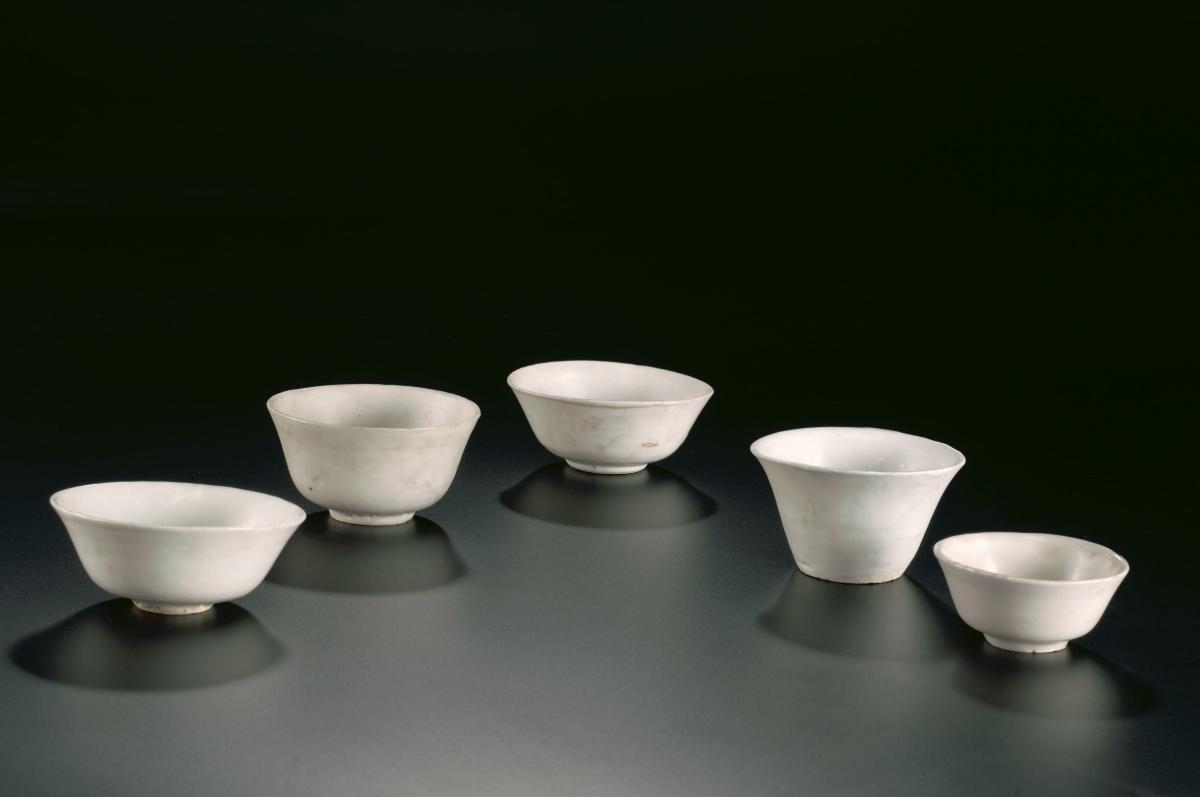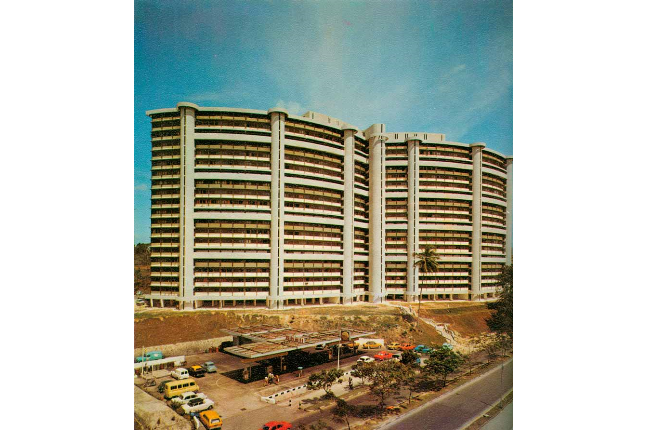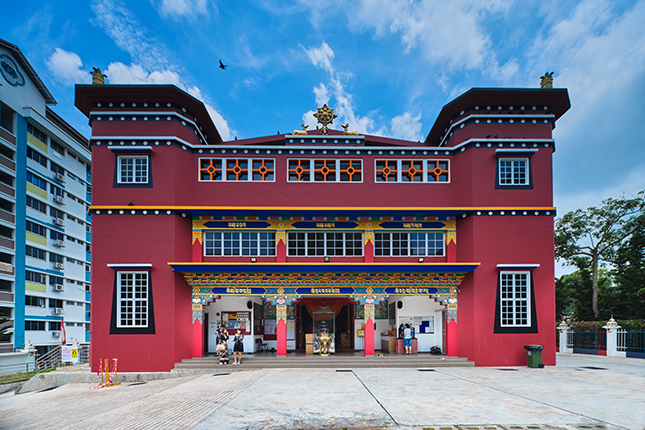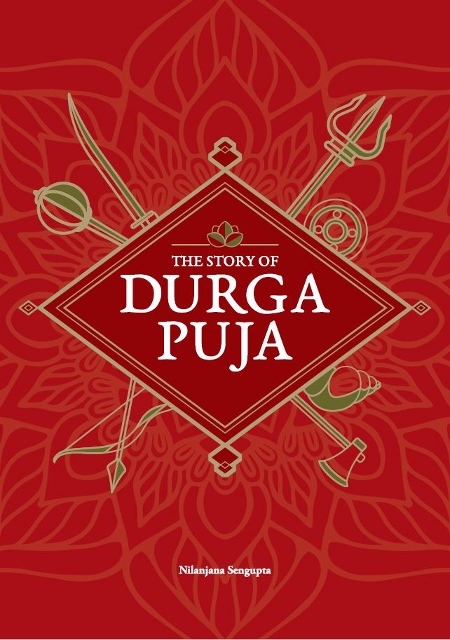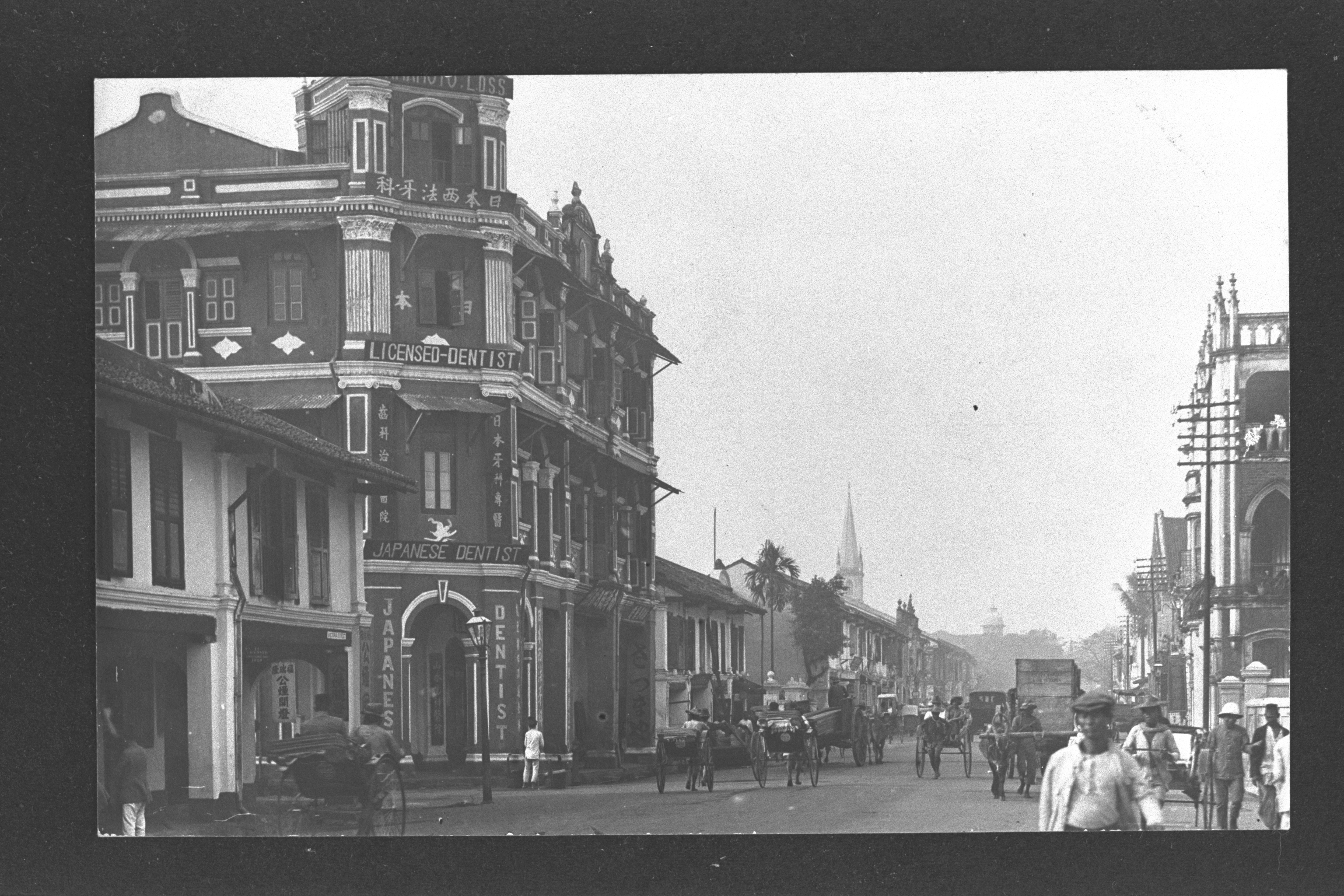This oval-shaped porcelain cup has an everted rim and gently sloping walls that tapers to a rounded base. It is made from 'qingbai' porcelain, and covered in a pure white glaze. The cup has a finely incised 'anhua' or 'secret' decoration.Anhua refers to 'hidden' decorative designs engraved or incised on a porcelain body, which is then covered with white glaze. The design is visible when the piece is viewed against the light. This technique was popular during the Ming (1368-1644) and Qing (1644-1911) dynasties.Dehua, a district in Fujian province, is the production centre for white porcelain, which is known to the Chinese as 'zhuyoubai' (pork-grease white) or 'xiangyabai' (ivory white), and to the Europeans, 'blanc de chine' (white porcelain). Dehua porcelain has a white body, consisting predominantly of porcelain stone ('baidunzi') with minute amounts of clay. This porcelain, fired in long stepped kilns built on the hillsides, was produced as early as the 14th century. The production of blanc de Chine peaked in the 17th century.A variety of techniques, including press-moulding and slip-casting, were used to create a wide repertory of wares. Initially produced for use in homes and temples in China, these refined wares eventually sparked off a strong interest in Southeast Asia and Europe.




